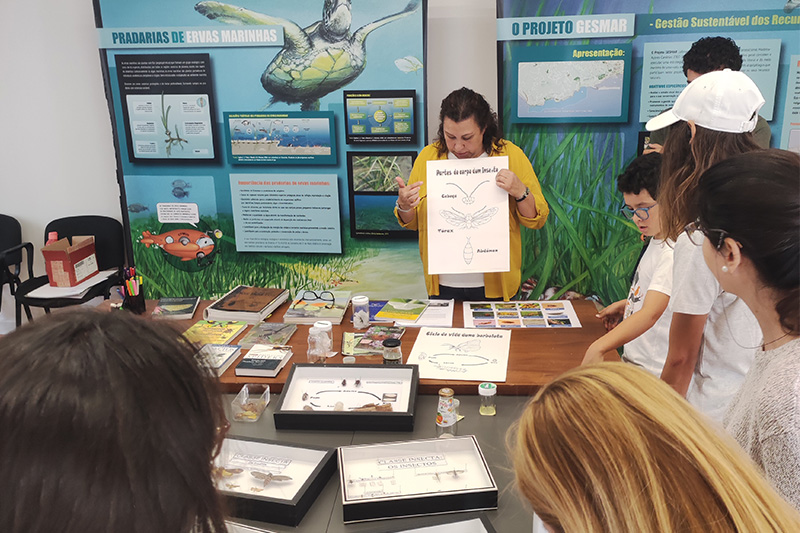23 October 2025
Madeiran Insect Bioblitz: Genomes in the laurel – insects across an Atlantic island.
By Luisa Schlude Marins
About the hotspot
Set in the Atlantic Ocean, Madeira’s steep valleys, high heath, and pockets of ancient laurel forest shelter a remarkable variety of insects, many found nowhere else in the world. Several species are particularly vulnerable to extinction due to the small ranges, fragmented habitats, and fast-changing environmental conditions of the islands. Add heat, habitat loss, and invasive species, and the pressure mounts. Building reliable genomic references helps us spot look-alike species, track arrivals, and make smarter decisions about protecting what’s unique about this UNESCO World Heritage site.
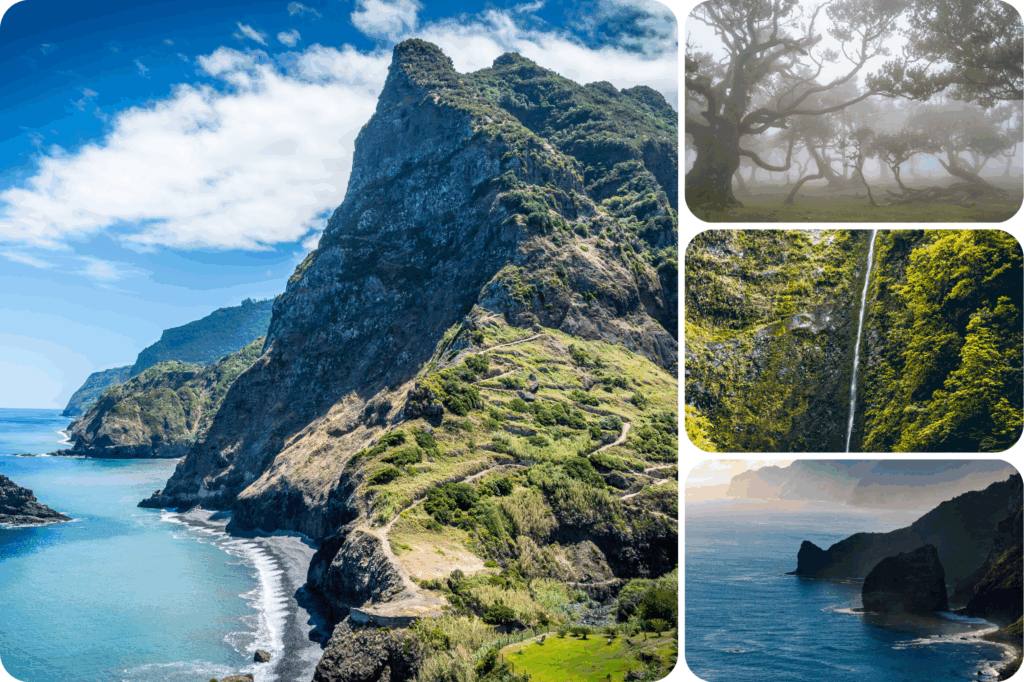
Figure 1: Madeiran Landscapes . Photos by aqualuso, Jérémy Glineur, Daria Agafonova and Ad Thiry – obtained via Canva.
→ Did you know? Madeiras’s Laurisilva forest alone shelters 500+ endemic invertebrate species, and roughly 1 in 5 of ~3,000 recorded insect species are unique to the archipelago. Madeiran insects play key roles in pollination, decomposition, and maintaining forest health, yet many species remain poorly known to science.
About the activity
The Madeiran Insect Bioblitz (MIB) project engaged citizens in biodiversity genomic research, exploring the diversity of insects and generating reference genomes and barcodes. Two main activities were organized in Funchal:
A Diptera workshop was hosted at the University of Madeira and brought together technicians, educators, and researchers involved in nature conservation. Led by the specialist Dr. Paula Riccardi, participants learned to identify fly families from 6 sites using specimens collected with Malaise traps. They sorted, labelled, and compared Diptera with a reference collection, gaining practical skills in taxonomy and specimen handling, important for conservation.
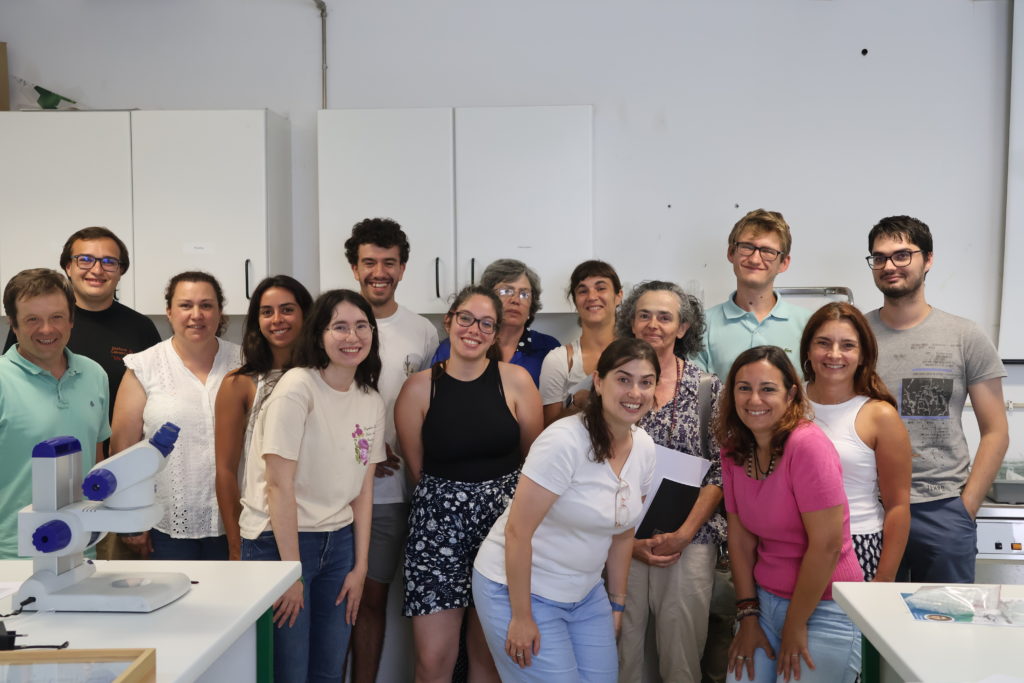
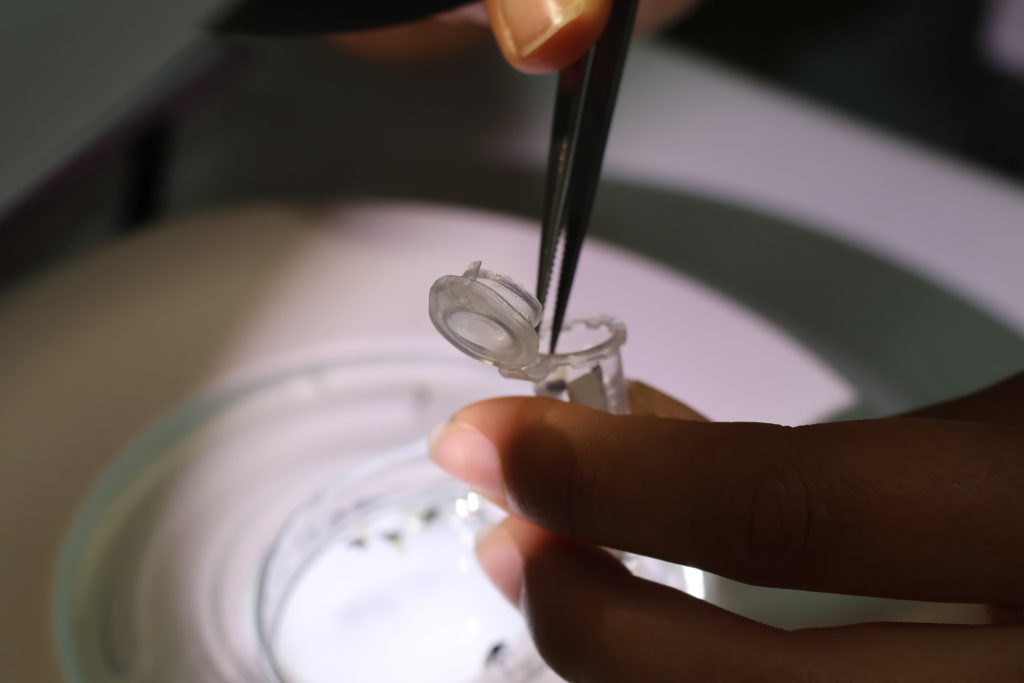
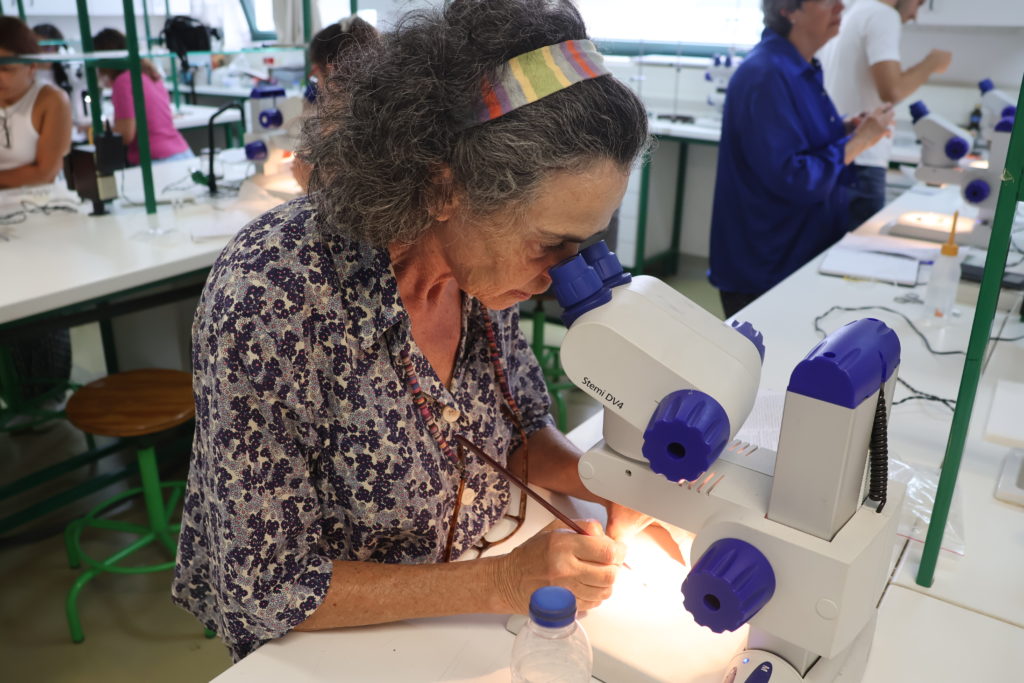
Photo gallery: Diptera workshop
Next the bioblitz moved to the Funchal Natural History Museum. Open to the broader public, including amateur naturalists and local community members, this activity combined indoor exploration of the museum’s insect collections with outdoor sampling in the butterfly garden. Participants learned about insect anatomy, sampling methods, and identification techniques, while also using theiNaturalist platform to document species.
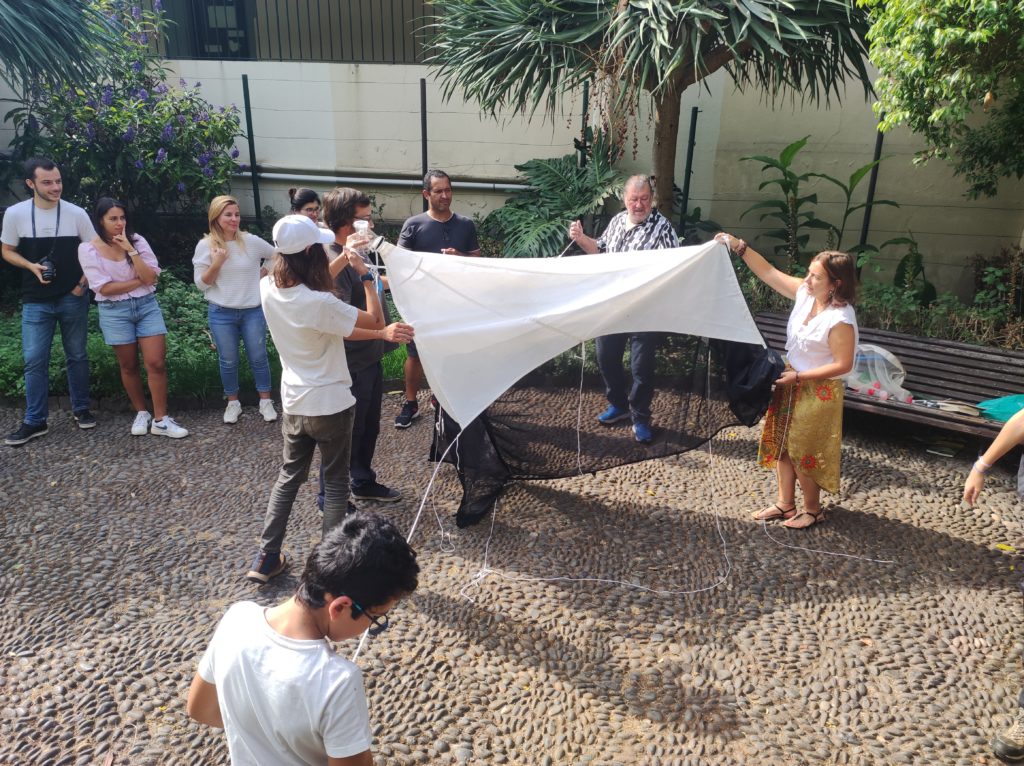
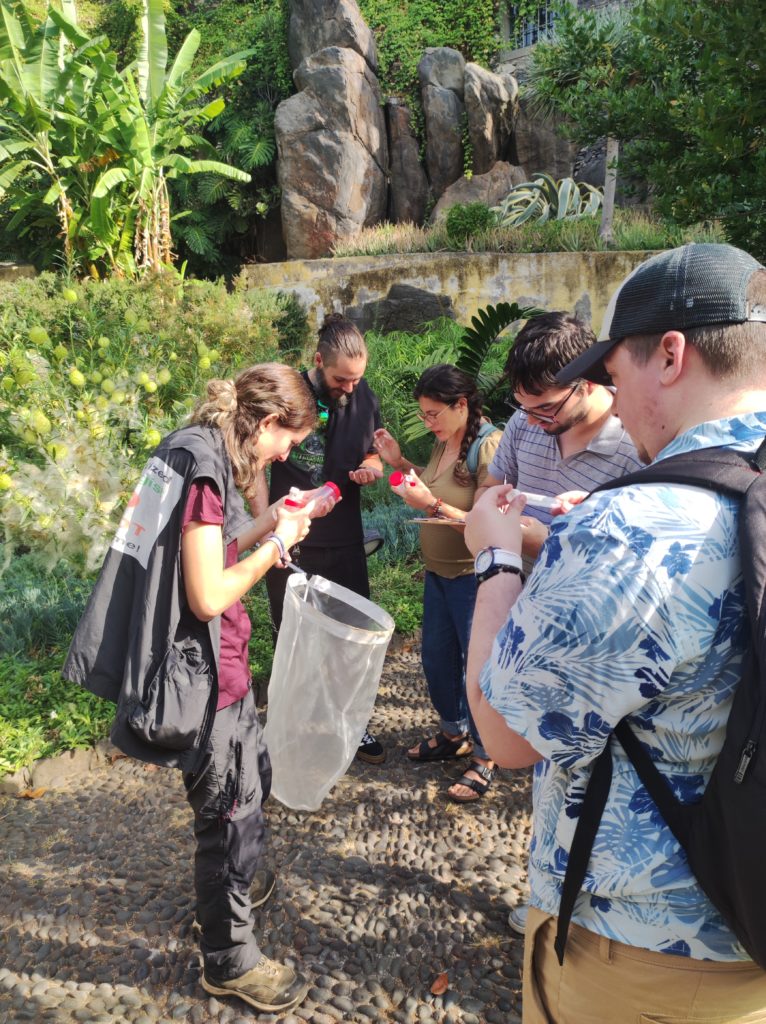
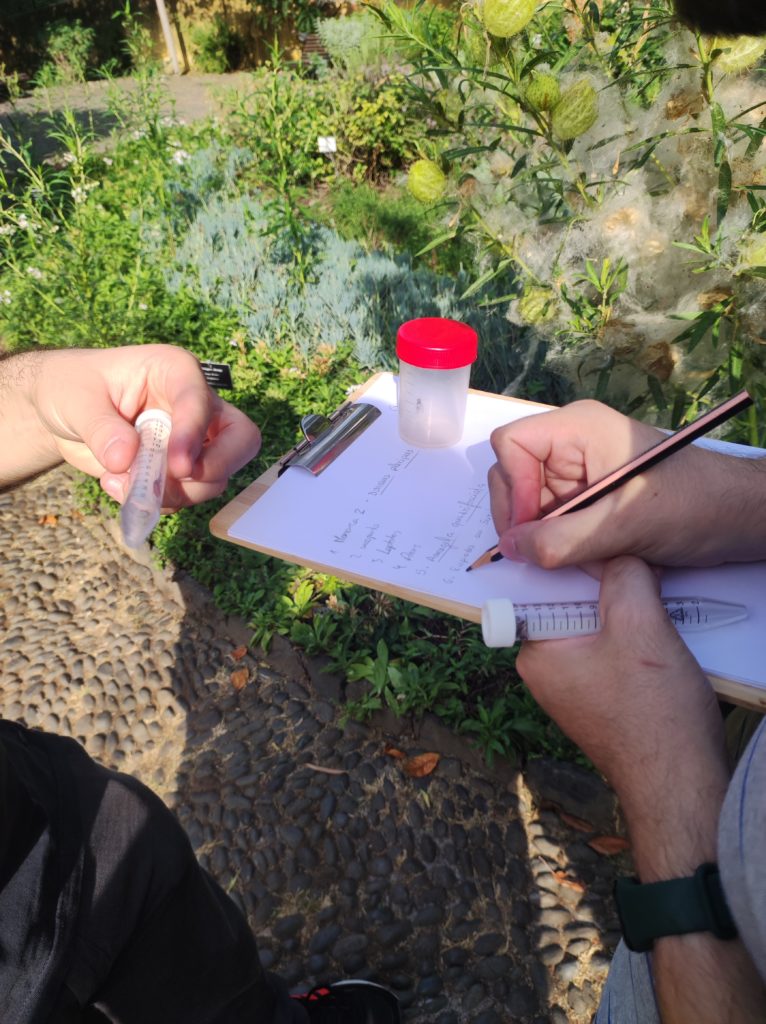
Through nets, lenses, and a healthy dose of curiosity, participants helped building a growing reference collection, sharpened their eyes to Madeira’s insects, and strengthened local conservation know-how. Those hands-on moments, spotting, sorting, and seeing tiny worlds up close, sparked fresh questions. What else lives in our gardens? Which species are still waiting to be found? That curiosity now fuels ongoing monitoring and research, turning small discoveries into big wins for ecosystem health.
We extend a big thank you to everyone who was involved in organizing these events and also to all the participants!
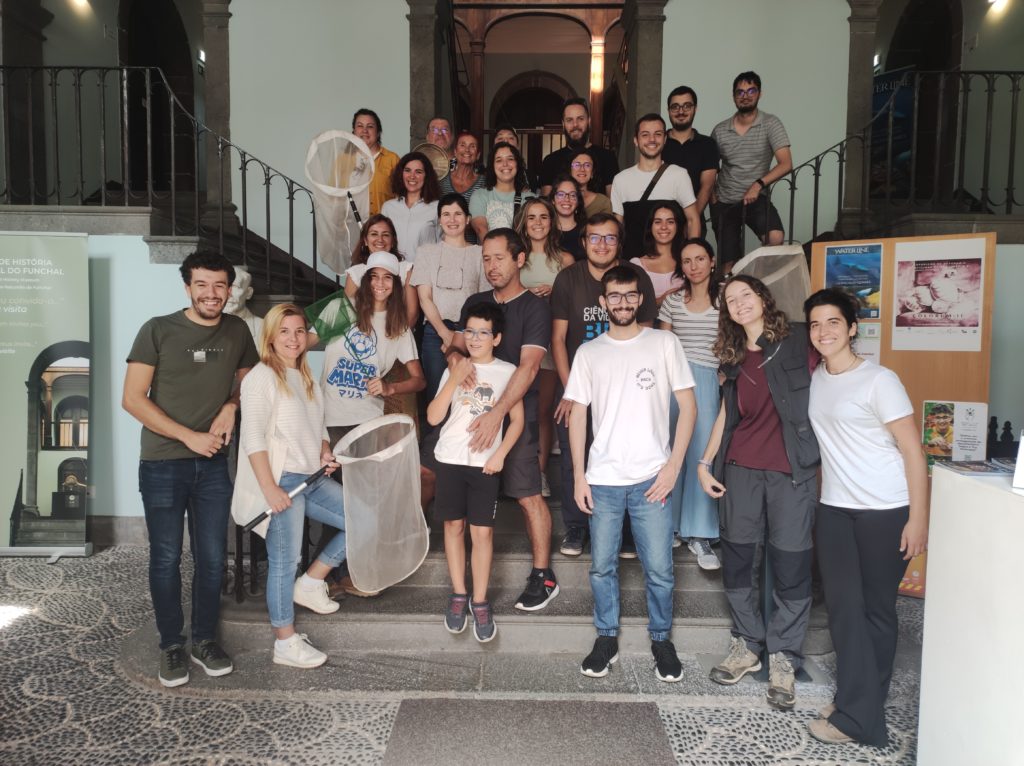
Pictures taken by: Luena Soraya, Thais Coppen, Hugo Silva, Paula Riccardi, and Emily Hartop.
More Information:
- Madeira Insects Bioblitz (MIB) Website and activities reports: https://entomoteca.web.uma.pt/mib/
- UNESCO World Heritage – Laurisilva of Madeira: https://whc.unesco.org/en/list/934/
- Announcement of the bioblitz event in a local news portal: https://funchalnoticias.net/2024/09/13/bioblitz-de-insetos-no-museu-de-historia-natural-do-funchal/
- Secretaria Regional do Ambiente (SRA), A floresta Laurissilva da Madeira – Património Natural, Funchal, 2004.

